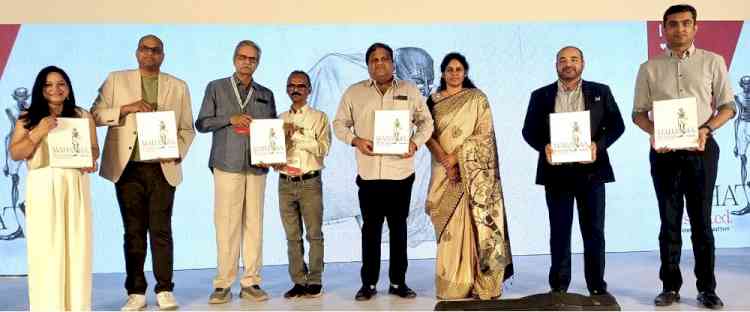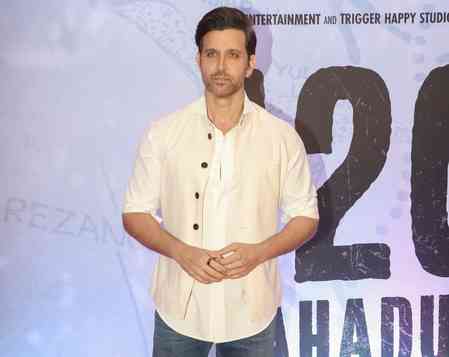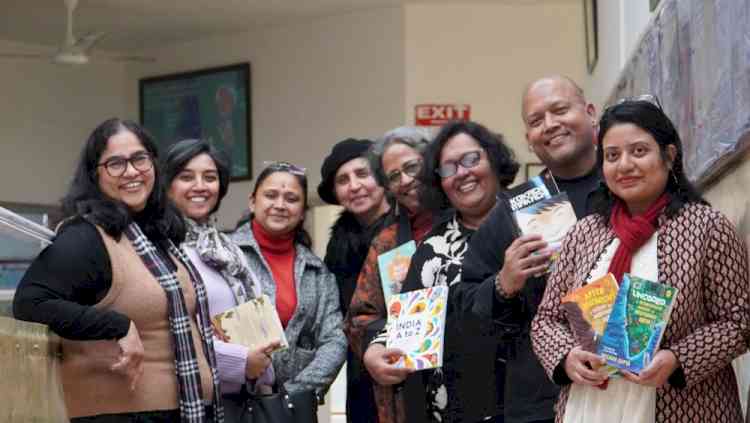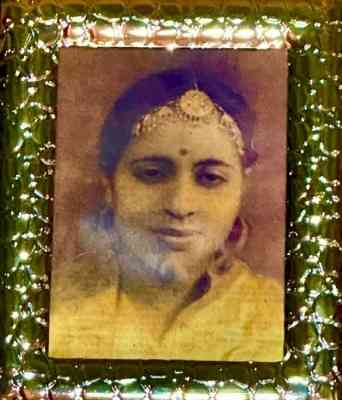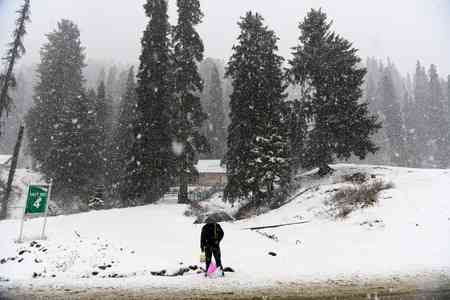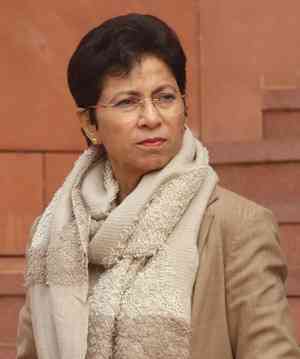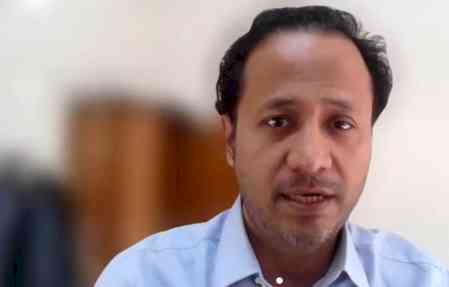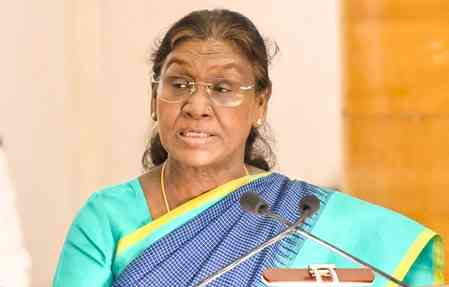Release of Book Titled ‘Beyond The Hashtag: A Decade of Twitter activism in India’
Prof. Renu Vig, Vice Chancellor, Panjab University released the book ‘Beyond The Hashtag: A Decade of Twitter activism in India’ authored by Prof. Archana R.Singh of the School of Communication Studies. Prof. Rumina Sethi, DUI, and Prof. Harsh Nayyar, Dean Research were also present on the occasion.
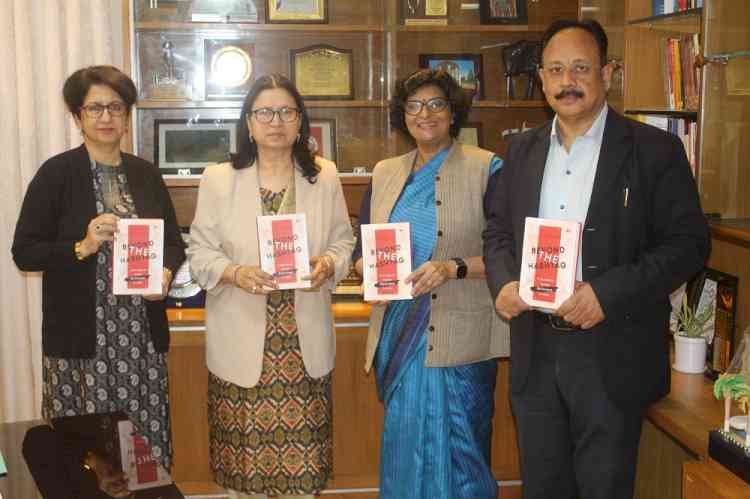
Chandigarh, March 11, 2024: Prof. Renu Vig, Vice Chancellor, Panjab University released the book ‘Beyond The Hashtag: A Decade of Twitter activism in India’ authored by Prof. Archana R.Singh of the School of Communication Studies. Prof. Rumina Sethi, DUI, and Prof. Harsh Nayyar, Dean Research were also present on the occasion.
The book, examines two collective actions that played out on Twitter (now X) during the 2012 Delhi Rape Case, also known as the Nirbhaya case, and the 2021 Farmers’ Agitation, where social media served as a bridge between the offline and online worlds.
Structured across eight chapters spanning 269 pages, the book blends academic rigour with exciting insights. The book's strength lies in its meticulous examination of tweets by various stakeholders surrounding the two events. The study maintains a systematic and unbiased approach to data collection and analysis.
Beginning with an overview of social movements in India, it progresses to an in-depth literature review and a theoretical exploration of Mass Communication.
A first chapter `Viral Vanguard: Social Media Surge in Social Movements’ introduces the subject and explains the relevance of the book followed by the next chapter titled, `Theoretical Tapestry: Communication’s Role in Activism’ which discusses the theoretical dimension and the relevance of Mass Communication theory in contemporary context.
The third chapter comprises the literature review including previous studies conducted on social movements in social media. The literature review is divided into five sections including global movements and also previous studies on the two cases under discussion. The chapter `Unearthing Digital Footprints in Social Activism’ explains the methodology used for conducting this study. The chapter `Medium, Message and Masses: Decoding the data’, presents the big data analytics including sentiment analysis. The chapter Synthesis and Insights presents the discussion and interpretation of the data in the context of theoretical background and with a view to fill the gap in research.
Use of bots in setting the narrative and involvement of celebrities in taking it forward are some of the interesting bits of information gleaned from the data.
This book is a useful study located in the decade where Twitter gained importance in socio political landscape of India. The uniqueness of the dataset is a distinctive characteristic exclusive to this study.
A number of studies have been conducted on social movements around the world but this study focuses on Indian social movements which makes its unique.
The book is published by renowned Vitasta Publshing Pvt. Ltd. New Delhi


 City Air News
City Air News 
